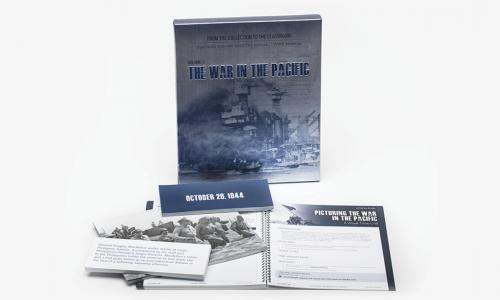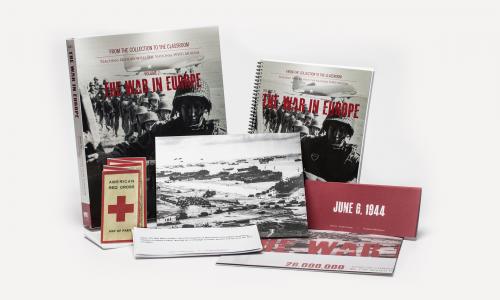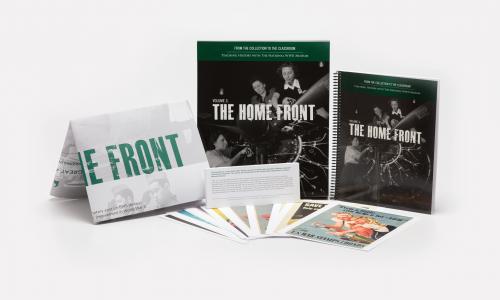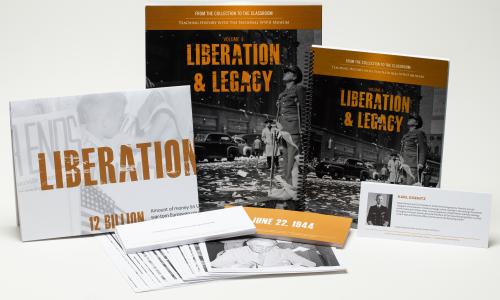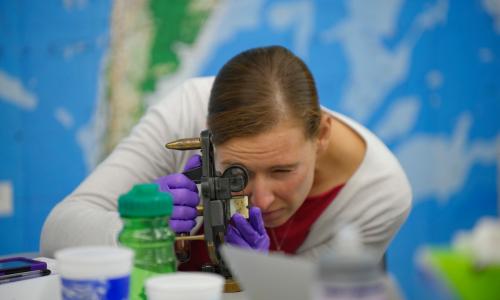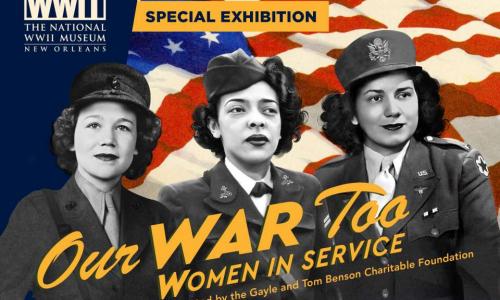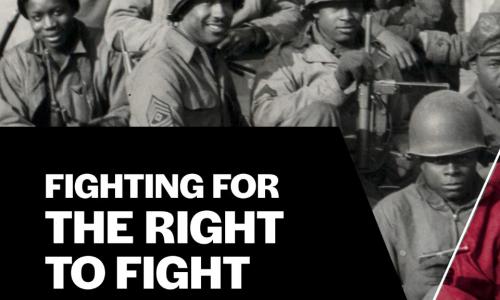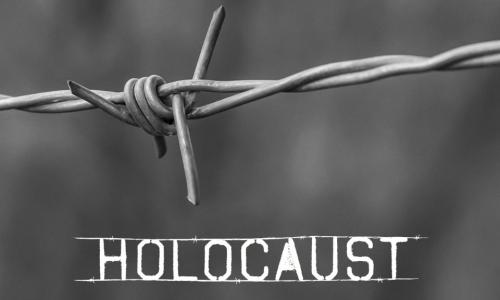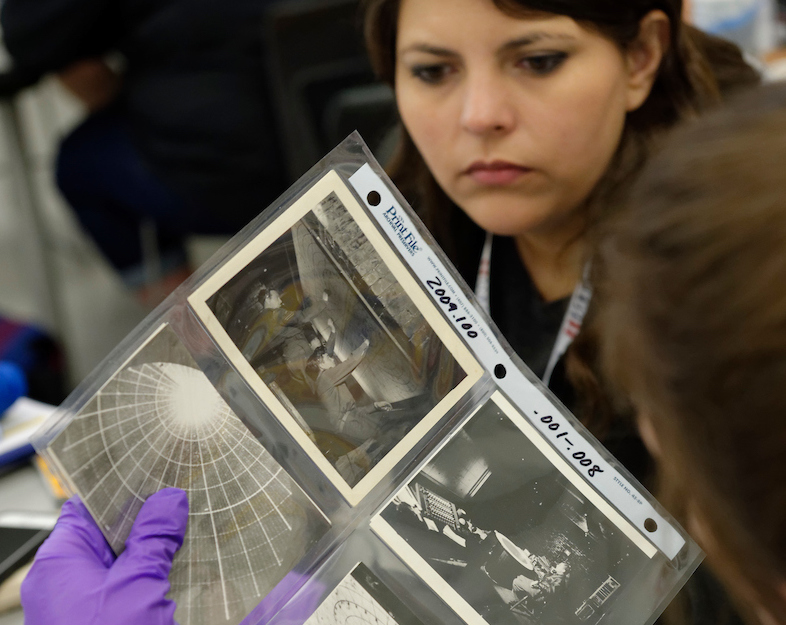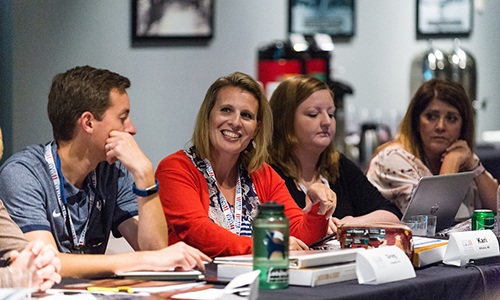Register for FREE to access lesson plans, essays, and multimedia resources from The National WWII Museum
Put the Museum's innovative exhibits and extensive collection of artifacts to work in your classroom with the all-new ww2classroom.org. Registration is easy, free, and helps us serve you better!
Education News
Museum Education News
How to use this site
Curriculum Guides
-
Volume1From Pearl Harbor to the punishing jungles of Guadalcanal to the smoldering ruins of Hiroshima and Nagasaki, this curriculum guide and its accompanying multimedia assets will help you capture the unique challenges of the Pacific theater of World War II for your students. Great distances, terrifying new weapons, and the influence of race and ideology combined to make the Asia-Pacific conflict a distinct episode in the history of modern warfare, one that changed the world forever.
-
Volume2How far could the Axis Powers go in their quest to dominate Europe without drawing the United States into the fray? This curriculum guide follows America's involvement in the European theater from the isolationism of the 1930s through the Roosevelt administration's halting assistance to the Allies, and then into open conflict from 1942 until the end of the war. Students can study the Normandy invasion, the Battle of the Bulge, and the daily lives of prisoners at Auschwitz, and other crucial aspects of the war through oral histories, decision-making scenarios, and other rich resources.
-
Volume3
When the United States declared war on Japan on December 8, 1941, one day after the infamous attack on the US naval base at Pearl Harbor, the country was suddenly driven out of a period of isolationism and onto the world’s stage as it mobilized the great arsenal of democracy. The journey was not easy, as the United States had to tackle significant challenges at home to meet the sudden demand for supplies and equipment needed to prepare for battle. Through essays, lesson plans, and multimedia resources, this curriculum guide will help students explore how the nation came together to solve complex problems created by the war, as well as the impact it had on the lives of everyday Americans due to wartime practices such as rationing, the draft, and segregation.
-
Volume4
In September 1945, World War II—the deadliest conflict in human history—is finally over. The Allies stand victorious over the defeated Axis powers. Although no longer at war, the Allies now find themselves faced with perhaps an even greater challenge: rebuilding a broken world and attempting to forge a lasting peace. Entitled Liberation & Legacy, this curriculum volume focuses its lesson plans, overview essays, and oral histories on the new postwar world: the horror at the discovery of the extent of the Holocaust; justice dealt to the leaders of defeated regimes; and new voices from former colonial empires yearning to be free.
-
Volume5
Real World Science is part of an effort by The National WWII Museum, and funded by the Northrop Grumman Foundation, to use the war that changed the world to teach how society turns to Science, Technology, Engineering and Math (STEM) when it faces big problems. Teachers from across the country, and students from diverse backgrounds, will learn how to connect science, history, and literacy to ensure that the next generation is ready to meet the challenges it will face in the future.
-
Volume6
During World War II nearly 350,000 American women served in the US Armed Forces. These women shattered society’s expectations of what was acceptable and proved what was possible. Their service not only helped the Allied powers win the war but also helped American women gain expanded roles and rights in the military and in society. The Museum created this classroom guide to help teachers share the many and varied stories of women in uniform highlighted in the Our War Too: Women in Service special exhibition. Developed in collaboration with current classroom teachers, the lessons and activities in this guide cover topics such as the diverse range of jobs women held in the military, the challenges women faced in serving their nation, and the enduring legacy of women’s WWII service.
-
Volume7
The National WWII Museum presents this updated classroom guide to be used as a corresponding support with the special exhibit Fighting for the Right to Fight: African American Experiences in World War II, or as a stand-alone curriculum. Through this guide, educators and students are invited to explore the significant role and legacy of African Americans in World War II, as well as the attitudes and experiences of Black servicemembers as they fought for Double Victory. In addition to an introductory essay and brief biographical profiles of prominent wartime African Americans, the guide includes three primary source-based lesson plans incorporating historical documents and oral histories from the Museum’s Digital Collections. These lesson plans are designed to be implemented as a unit or individually. Log in or register for an account to view lesson plans on Google Drive.
-
Volume8
This National WWII Museum presents this curriculum as a support for educators in teaching about the Holocaust. The lesson plans included in this guide are designed to be implemented as a unit or as standalone lessons. This curriculum includes four essays to support teachers in thinking about how to approach this difficult topic with students, as well as five overview essays and lesson plans that are meant to extend student understanding of the end of World War II and the Holocaust. Log in or register for an account to view lesson plans on Google Drive.
